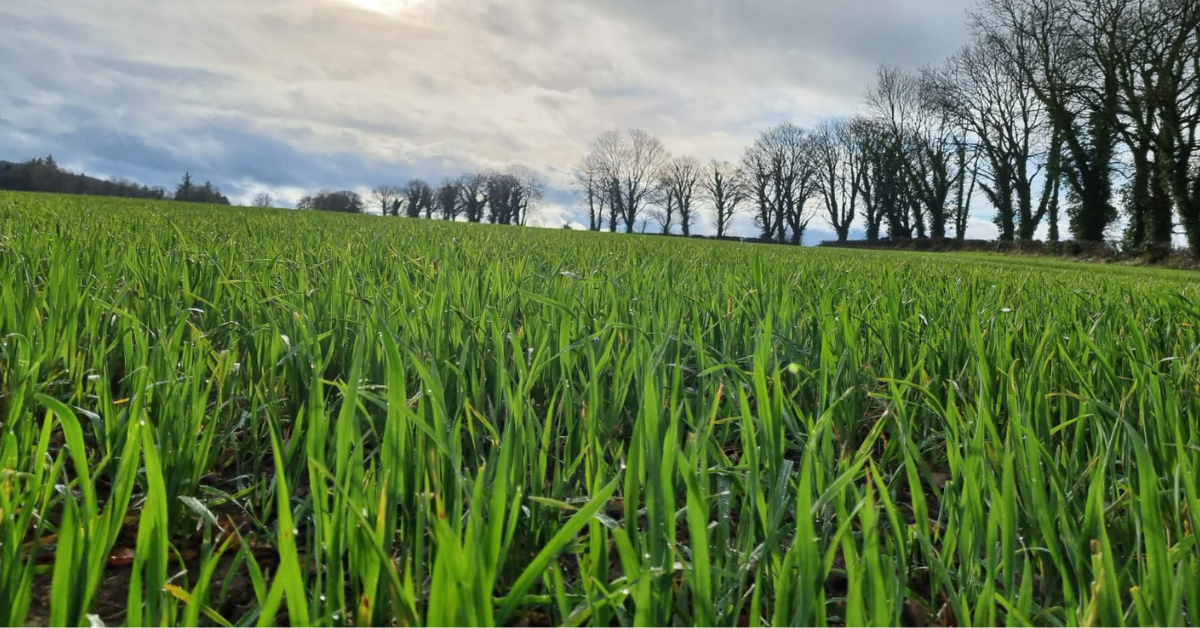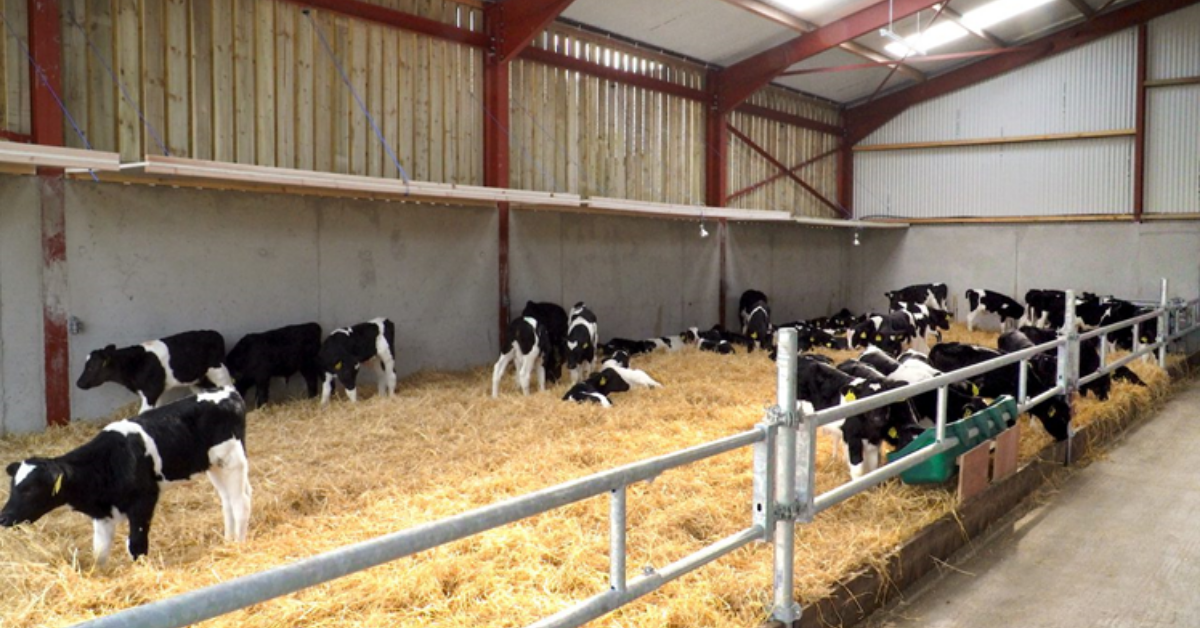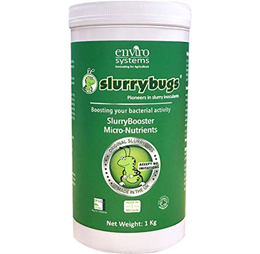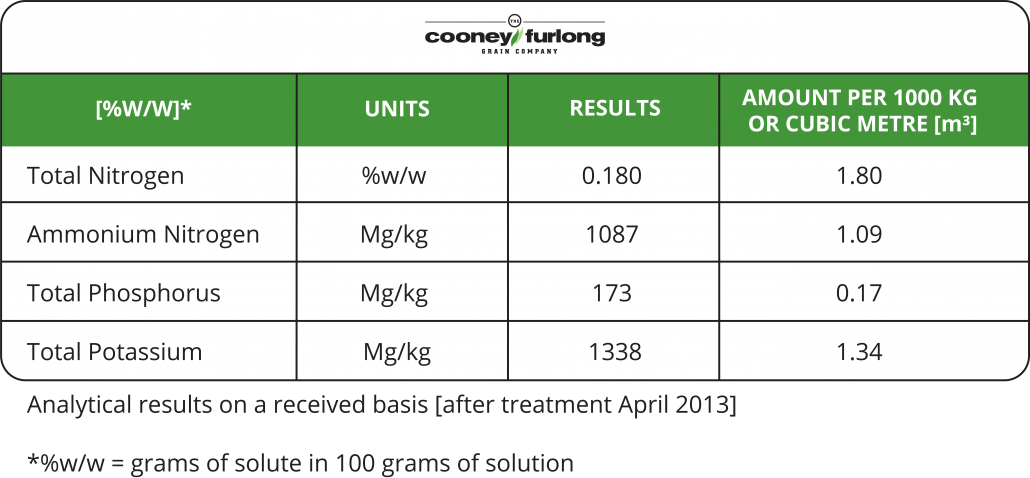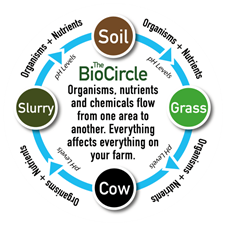Winter crop technical update
Author: George Blackburn
As we move into the second half of February and look towards the beginning of March, our attention must first focus on the winter crops in the ground from autumn 2021. Key management decisions regarding fertiliser and growth regulation in the early stages of spring can have a major bearing on a crops final yield potential especially winter barley.
There is a slight increase in the overall acreage of winter cereals as sowing conditions were good in the early part of autumn 2021, with many growers opting to drill a little earlier to get crops established. The sense of optimism amongst growers following last year’s exceptional harvest was a welcome boost to the sector and as a result, growers were eager to get crops planted. The earlier drilled crops have better establishment without question and did receive an autumn aphicide. Those that took the gamble of sowing earlier into better conditions seem to have been rewarded so far but time will tell on this. The winter has been a lot milder than normal so many early drilled crops are quite advanced in terms of growth stages. Growth regulation and delaying applications of fertiliser on these earlier crops will be wise this spring. The huge increase in fertiliser prices has tempered some of last year’s optimism, however, grain prices look very strong for the coming harvest and many growers have availed of attractive forward prices. When planning fertiliser strategies for the coming season regardless of price, the focus must be on growing a crop to its full potential. This has always proven to be the most profitable strategy. Soil sampling and correct liming are key steps required to produce optimum yielding crops for the coming season.
Winter Barley
Winter barley crops have established well, with good plant count levels. Most were sown in ideal sowing conditions and have come through a very dry winter. Some of the crops are a little bit forward, with some live disease in them and will require robust growth regulation programmes. Any crops that have not received any Phosphorus (P) and Potassium (K) will need an application before the end of February as soon as conditions allow. Crops that received no autumn P and K will start to show up deficiencies especially for P when temperatures pick up and growth kicks in.
Check your soil samples and tailor NPK compounds accordingly. As a rule of thumb, winter barley crops need 30-35 units of P and 100 units of K. This will vary slightly between 2 row and 6 row varieties, with slightly higher potash requirements for the 6 rows. Aim to have 75% of Nitrogen (N) out on winter barley by March 20th. Disease levels are generally low, growth regulation and tillering will be the main focus of early chemical applications. Do not be tempted to drop back on P and K applications too much as we must remember that offtakes from fields were very high last harvest.
Winter Wheat
Winter wheat crops are generally good but there is some variation out in the fields. Crops sowed earlier that are well established are in good heart, with excellent plant stands. Crops sown later in difficult seedbeds, especially potatoes and fodder beet have suffered a bit with crow and slug damage. Chopped bean straw has also proven to be a suitable host for slugs and a few winter wheat crops after beans have needed to be treated with slug pellets. It is becoming increasingly more important to run a shallow disc over chopped bean or rape straw and is an important part of the Straw Incorporation Measure for slug control. Our methods of chemical control are no longer as potent as they used to be. Many crops after beans have a lot of volunteers coming through but these will be easily dealt with in the spring and are actually serving a useful drainage purpose at the moment by soaking up moisture from the soil.
While crops are generally good and winter wheat has an amazing ability to compensate for sub-optimal plant stands at harvest, I would be reluctant to tear up any crops bar they are very poor. Aim to have a balance of P and K out on wheat by mid-March. Apply according to soil sample requirements. Aim to have the first main split of nitrogen on by the first week of April and final split on the first week of May. It is important to remember that wheat should not have too big a canopy too early in the crop, as this presents problems for growth regulation and disease control, especially Septoria Tritici.
Winter Oats
Winter oat crops have established well in general and there is a nice amount of winter oats in the ground. The two varieties sown are Isabel and Husky, both spring varieties sowed in the autumn. Most crops are in good condition but some in the more coastal and milder areas are a touch forward. These crops will need careful attention in terms of growth regulation and rust control especially in south Wexford and other coastal areas. Crops will need to get their NPK requirements by the middle of March with a blend such as 10-5-25 plus S for winter oats at a rate of 4 bags/acre.
Winter Oilseed Rape
The acreage of oilseed rape (OSR) has seen a drastic increase this year, owing to record prices available for the crop. Crops are in excellent condition and are more forward than ever after the mild winter. The Green Area Index (GAI) of each crop is worth measuring this year and there are a few useful apps available to measure this. Some crops have up to 3.5 GAI readings and are exceptionally forward. The key message for these crops would be to delay N applications for as long as possible and also to reduce overall N applied. Most crops are in the range of 2-2.5 GAI which is excellent coming out of the winter and there is an opportunity to reduce N applications by 50-60 units on these crops.
Pigeon damage doesn’t seem to be much of an issue at all this year. All crops received some P at planting and this has made a big difference to rooting and overall establishment. All crops have been treated with a fungicide for light leaf spot in the autumn and with Kerb (propyzamide) for grass weed control. Most crops received an autumn growth regulator which seems to have worked very well to even out crops for nice canopy management in the spring. As a result, crops have nice clean canopies for the onset of spring. Aim to get potash out on OSR by mid-March, 100-110 units is sufficient. Rape has a high requirement for Sulphur (S) so the first main split of N should include ASN (26% N + 14% S), with further applications of Sulcan. Aim to apply the last 40-50 units of N on rape at the latest possible time that the fertiliser spreader can physically travel through the crop.
Further Information:
To view more articles from our Spring Newsletter, please click here.
Get In Touch
For the most up to date information on our products and services, please click here or follow us on Facebook and Twitter.



